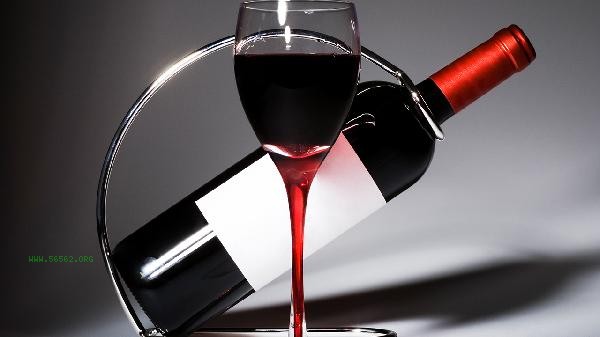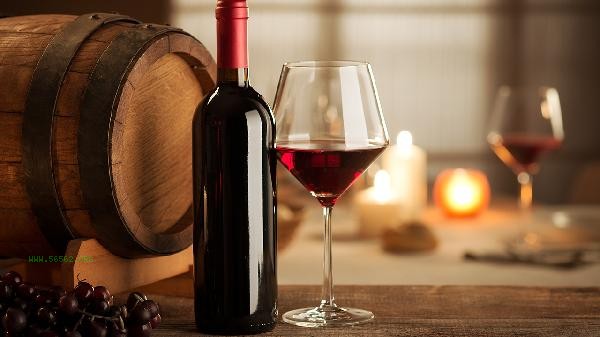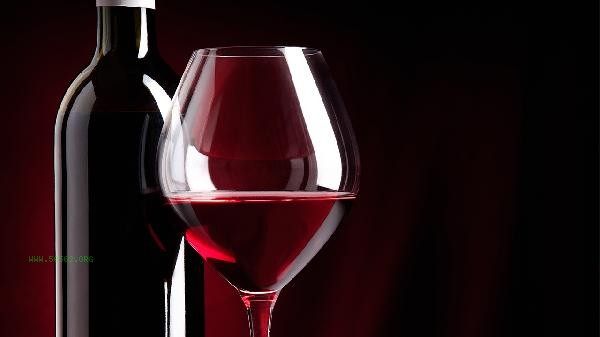A 150ml glass of red wine has approximately 125 calories, and the actual value is affected by factors such as alcohol content, residual sugar content, and brewing process.
1. Alcohol content:

Alcohol is the main source of calories in red wine, with 7 calories per gram of alcohol. Dry red wine typically has an alcohol content between 12% and 14%, and for every 1% increase in alcohol content, the calorie content increases by approximately 15 calories for the same capacity. Fortified red wines such as Port wine can have an alcohol content of up to 20% and a significant increase in calories due to the addition of distilled spirits.
2. Residual sugar content:
Dry red wine has a residual sugar content of less than 4 grams per liter, semi dry type contains 4-12 grams of sugar, and sweet wine can reach over 45 grams per liter. Each gram of sugar provides 4 calories, and late harvest sweet or ice wine has 30-50 calories more calories than dry red wine in the same capacity due to concentrated sugar.
3. Brewing process:

Aging in oak barrels increases the content of glycerol, a sweet substance that contains 4.3 calories per gram. Red wine fermented with malic acid has a smoother taste, but some sugar conversion may result in a slight increase of 5-8% in calories. Organic wine retains more sugar due to the absence of added sulfides.
4. Regional Differences:
Red wines from hot regions such as the Barossa Valley in Australia generally have an alcohol content 2-3 degrees higher than Bordeaux in France. Traditional Old World craft red wine often uses natural fermentation, while New World may add commercial yeast to accelerate sugar conversion and affect the final calorie composition.
5. Serving temperature:
Temperature does not affect actual calorie intake, but refrigeration below 16 ℃ can suppress taste buds' perception of sweetness and may indirectly reduce intake. Alcohol evaporates more significantly when consumed at room temperature, which enhances satiety.

When drinking red wine, it is recommended to match it with high fiber foods such as nuts or whole wheat bread to delay the absorption of alcohol, and avoid eating with high sugar Dim sum to increase the calorie burden. In terms of exercise expenditure, jogging for 20 minutes or swimming for 15 minutes can burn the calories of a glass of red wine. Please note that the daily alcohol intake should not exceed 150 milliliters, as long-term excessive intake may lead to fat accumulation. Choosing small cups for slow drinking and alternating mineral water consumption can effectively control total calorie intake. Special groups such as diabetes patients should give priority to dry red wine and strictly measure it.



Comments (0)
Leave a Comment
No comments yet
Be the first to share your thoughts!